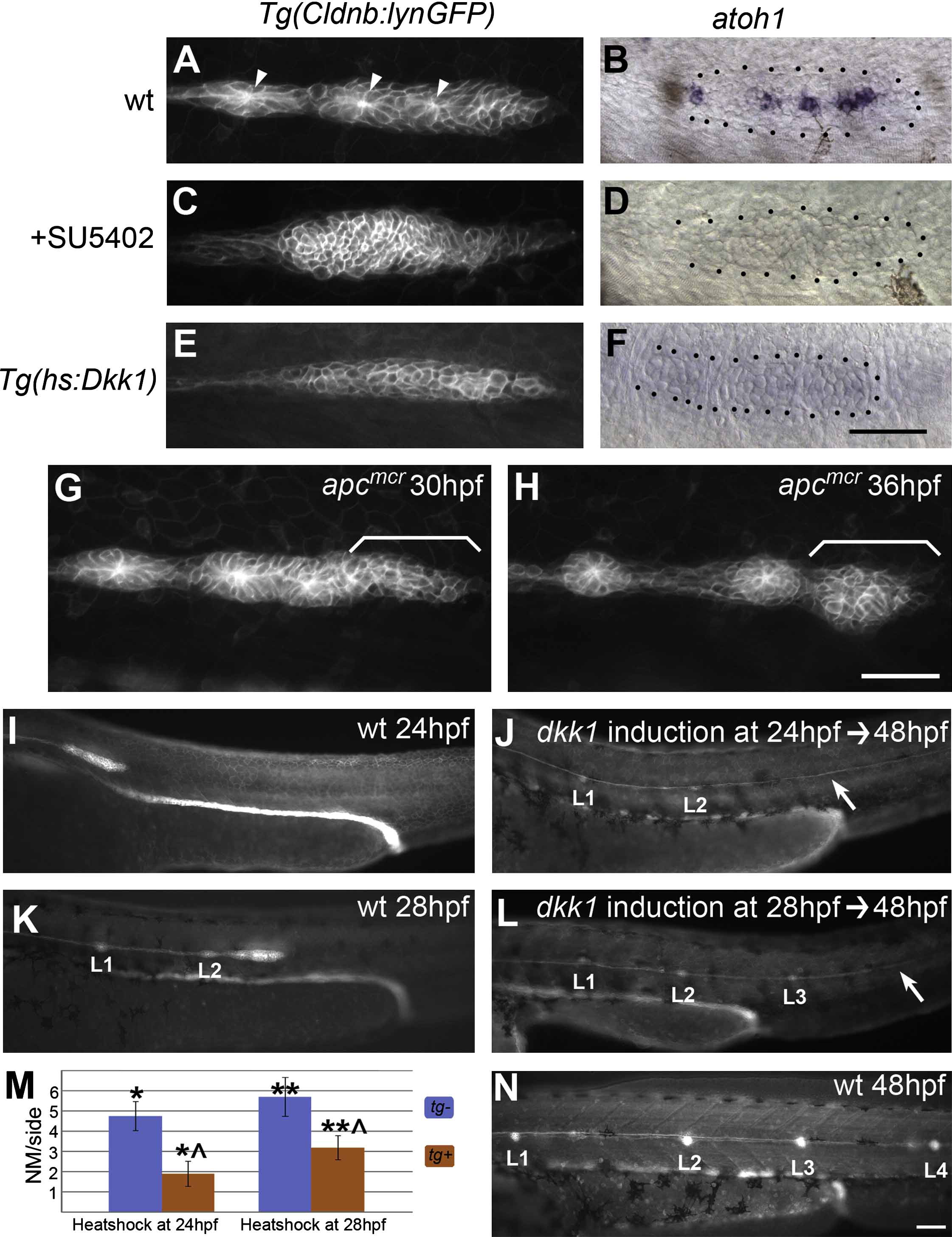Fig. 4 Wnt/β-Catenin-Mediated Fgf Signaling Is Necessary for Neurogenesis and Rosette Formation
(A and B) (A) The trailing zone of WT primordia contains proneuromasts distinguishable by their rossette morphology, focal accumulation of Claudin-GFP (arrows), and expression of the proneural gene (B) atoh1 at 32 hpf.
(C and D) (C) Loss of Fgf signaling by treatment with SU5402 between 20 and 38 hpf causes loss of rosette formation and (D) atoh1 expression.
(E and F) (E) Similarly, abrogating expression of Fgf ligands by inhibiting Wnt/β-catenin via heat shock induction of Dkk1 at 20 hpf leads to a loss of rosettes and (F) atoh1 expression at 28 hpf.
(G and H) Still images of Movie S4. Ectopic rosette formation does not contribute to the apcmcr migration phenotype, as stalled mutant primordia still have normally unpatterned leading zones (bracket in [G]). Ectopic rosette formation occurs in the leading zone at 5 hr after stalling (bracket in [H]).
(I?N) dkk1 disrupts neuromast (NM) deposition without affecting migration. (I) At 24 hpf, the WT primordium is migrating, but no NM deposition has occurred. (J) dkk1 induction at 24 hpf leads to the formation of a small L2 and complete loss of more posterior NMs without affecting migration, as evidenced by the presence of the lateral line nerve (white arrow). (K) By 28 hpf, the WT primordium has deposited two NMs, L1 and L2. (L) dkk1 induction at 28 hpf ablates the NMs posterior to L3. (M) Quantification of NM numbers for dkk1 induction at 24 hpf and 28 hpf. On average, the primordium is able to deposit one additional NM after dkk1 induction (orange bars). Data are shown as means ± SD (*p << 0.001, **p << 0.001, ?p << 0.001 Student's t test). (N) At 48 hpf, the WT primordium has deposited all posterior NMs.
Reprinted from Developmental Cell, 15(5), Aman, A., and Piotrowski, T., Wnt/beta-catenin and Fgf signaling control collective cell migration by restricting chemokine receptor expression, 749-761, Copyright (2008) with permission from Elsevier. Full text @ Dev. Cell

